Sobre la forma de los arbotantes en las fábricas góticas
llistat de metadades
Author
Director
Boto Varela, Gerardo, 1967-
Herrera Gómez, Blas
Date of defense
2024-01-25
Pages
169 p.
Department/Institute
Universitat de Girona. Departament d'Història i Història de l'Art
Universitat de Girona. Institut de Recerca Històrica
Doctorate programs
Programa de Doctorat en Ciències Humanes, del Patrimoni i de la Cultura
Abstract
Flying buttresses have been extensively studied from a mechanical, constructive or descriptive point of view. The references on its geometric aspects are practically scarce and unfortunately, we have to go back to 1854 to find any note on the morphological analysis of these elements; Specifically, Viollet-le-Duc classified the arches that make up the edge of the flying buttresses based on where their centers are located, allowing them to be grouped into two categories. This historical note and the use of graphic, geometric and statistical techniques have allowed us to channel this investigation consisting of three studies: the first one determines –in a non-arbitrary way– the center O and the radius R of the arch of a flying buttress, directly obtaining the rest of the parameters that constitute it (inclination α, rise F, span distance L and thickness E); the second study presents a new proposal for the definition of inclination α that represents the entire arch of the flying buttress; and the third study establishes an objective methodology to determine the level of influence of a flying buttress on the structural behavior of the architectural complex according to its morphology
Els arcbotants han sigut àmpliament estudiats des d’un punt de vista mecànic, constructiu o descriptiu. Les referències sobre els seus aspectes geomètrics son pràcticament nul·les i desafortunadament ens tenim que remuntar fins al 1854 per trobar alguna nota sobre l’anàlisi morfològic d’aquests elements; concretament, Viollet-le-Duc va classificar els arcs que configuren la vora dels arcbotants en funció d’on s’ubiquen els seus centres, permitent agrupant-los en dos categories. Aquesta nota històrica i l’ús de tècniques gràfiques, geomètriques i estadístiques ha permès canalitzar aquesta investigació constituïda per tres estudis: el primer determina –de forma no arbitrària– el centre O i el radi R de l’arc d’un arcbotant, obtenint de manera directe la resta de paràmetres que el constitueixen (inclinació α, fletxa F, llum L i espessor E); el segon estudi presenta una nova proposta de definició d’inclinació α que representa a tot l’arc de l’arcbotant; i el tercer estudi, estableix una metodologia objectiva per determinar el nivell d’influència d’un arcbotant sobre el comportament estructural del conjunt arquitectònic segons la seva morfologia
Keywords
Arcbotants; Arbotantes; Flying buttresses; Catedrals gòtiques; Catedrales góticas; Gothic cathedrals; Arquitectura gòtica; Arquitectura gótica; Gothic architecture; Geometria clàssica; Geometría clásica; Classical geometry
Subjects
72 - Architecture; 93 - History. Auxiliary sciences of history. Local History



